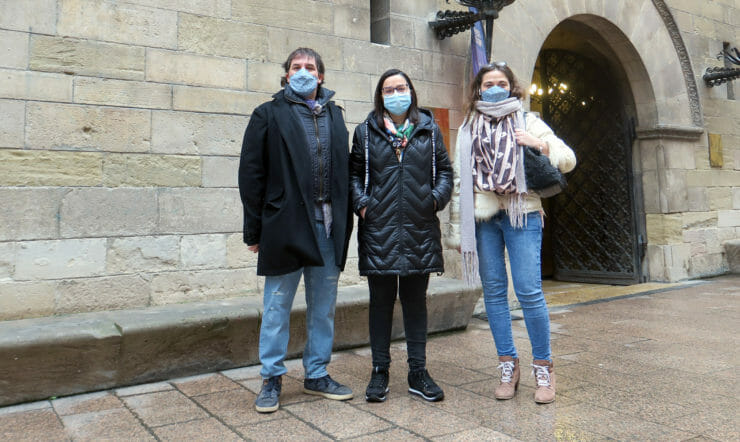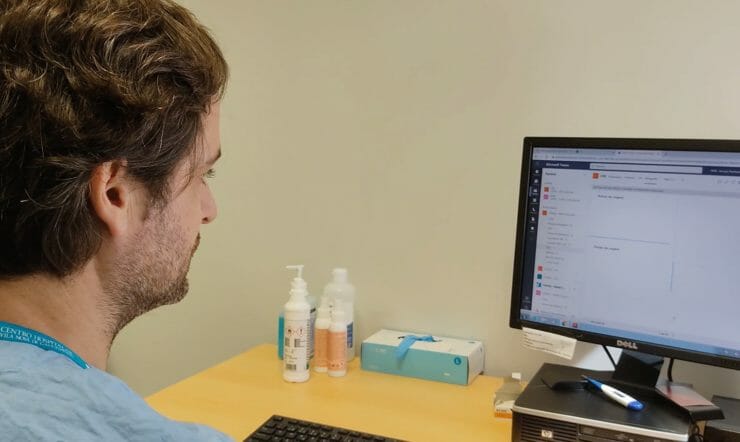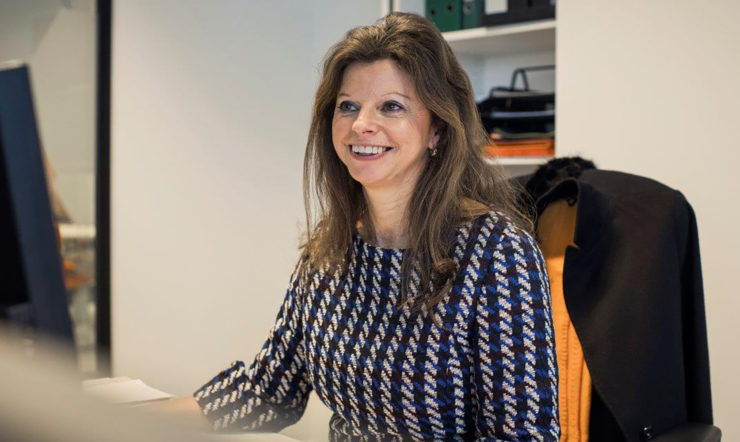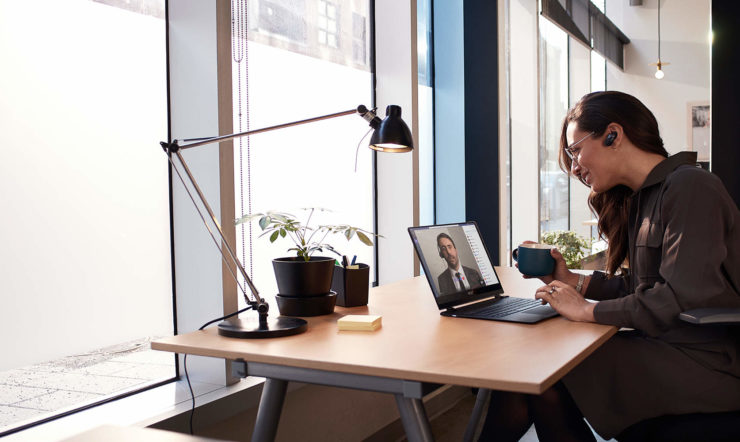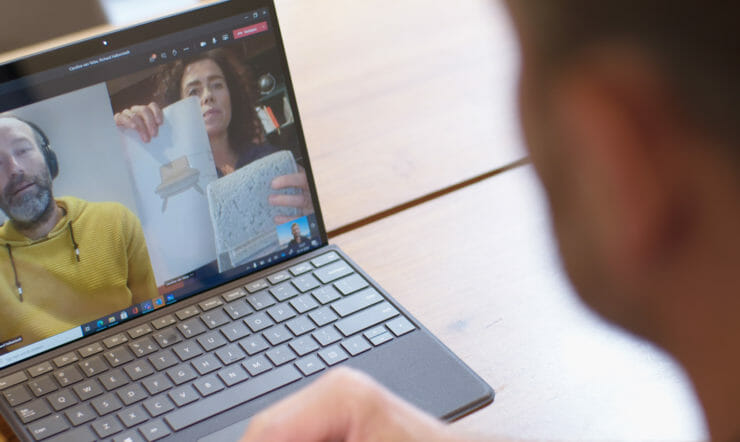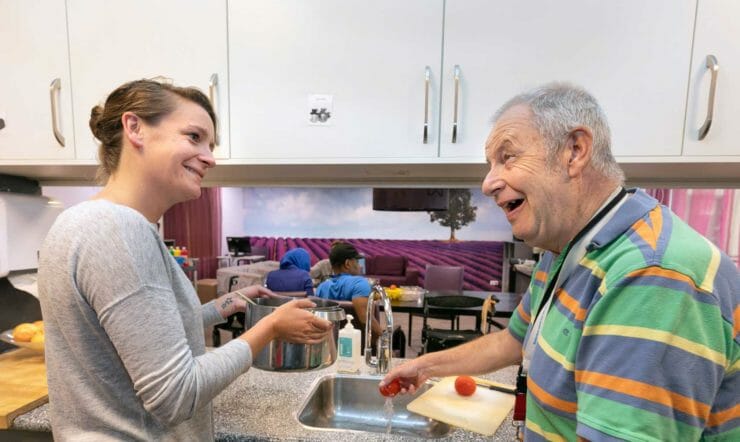Illnesses and diseases don’t often play fair – an unfortunate truth that was proved by the COVID-19 outbreak in early 2020, heavily hitting healthcare organizations with challenges the world hadn’t seen in a century.
Hospitals needed a rapid response to reduce spreading the virus without affecting patient care. A high-pressure situation for any institution, but for the hospital district of Helsinki and Uusimaa (HUS), it was a time to embrace digitization – forever changing how consultants and patients interact across the group’s 23 hospitals.
“We were already trialing new collaboration tools in certain departments, but COVID-19 really sped up the roll-out across the hospitals,” recalls Miikka Korja, Associate Professor of Neurosurgery and Chief Innovation Officer at HUS.
“There was some hesitation to start using new technology, especially from the older neurosurgeons. But suddenly none of us had a choice, and now we’re all better off for it.”
Working with Microsoft, the organization had been a frontrunner in healthcare digitalization for many years, and already implemented a cloud-based system in 2017. Now, as social distancing measures began changing how doctors and patients could interact, HUS needed to introduce new technology once again – this time on a much larger scale.
The shift to digital healthcare
HUS is Finland’s largest healthcare provider and one of Europe’s leading healthcare organizations, bringing together 23 different hospitals and treating more than 680,000 patients a year. Among their many specialties, the HUS neurosurgery clinic is ranked among the very best in the world, performing close to 4,000 operations a year – 1,000 of which are emergency cases.
“We are the only neurosurgical clinic for over a third of the Finnish population, about 2.2 million people,” says Anselmi Kovalainen, Resident of Neurosurgery at HUS.
“Many of our patients are time-critical and have life-threatening illnesses, so it’s essential the neurosurgeons always have the latest imaging scans in front of them to decide if surgery is the right call.”
With Microsoft cloud services and Microsoft 365 tools already in place across HUS, a Microsoft Teams trial was introduced in 2020 to help improve communication and allow medical staff to more easily share sensitive information like imaging scans between clinicians securely.
However, as COVID-19 social distancing measures changed how patients and doctors could interact, the group quickly scaled-up Microsoft Teams from 5,000 users to all 29,000 employees of HUS.
“We were already using Teams in neurosurgery and had been discussing how we could utilize it for patient visits as well,” says Korja. “Then COVID-19 hit – and that decision was made for us.
“None of us could be in the same room anymore, so having a safe way to communicate with each other and our patients was essential. But by using these tools we’ve changed a lot of our meeting standards, and everyone’s been super happy about the new way of working.”
Sharing life-saving information
With Microsoft Teams now being used across the HUS group, staff have a secure platform to collaborate both inside the hospital and remotely for any self-isolating colleagues. An essential tool for the HUS neurosurgery clinic, where sharing confidential patient information is vital to ensure decisions can be made quickly and efficiently.
“Since COVID-19, our daily radiology meetings are now in a hybrid format, where the physical meeting still takes place but people can join remotely through Teams,” explains Kovalainen. “It’s important everyone attends as we go through the imaging for any upcoming cases – and for major surgeries, everything relies on these scans.
“Most doctors actually prefer attending these meetings through Teams,” he adds. “It’s easy to set up on personal devices which is more convenient for them, and also offers secure access to this confidential information at all times – without losing image quality.”
Remote access to these images has been incredibly important for emergency cases, where a consultant like Miikka needs to make a life-saving decision out of hours – a scenario that would normally take time that a patient may not have.
“I might call Miikka in the middle of the night and if he wanted to view the scans he would have to log into multiple programs that could take 5-10 minutes,” says Kovalainen. “But now I can just call him in Teams and instantly share my screen, so he can make an accurate decision there and then.”
“In these major surgeries, you always want to check the scans yourself from every angle,” Korja adds. “Before I would have to ask Anselmi to rotate an image or zoom into a different one. But now with Teams, I can just request control and get a better look using my own mouse – as if I had the program open on my own computer.
“95% of the hospitals in the world don’t have a secure way to share images like this,” he says. “But that’s why I think Teams is a really good solution. You can easily share your screen and importantly share control of imaging software like we use, without needing any other infrastructure in place.”
Finding opportunities in remote-working tools
Since moving to virtual consultations, more than 30% of HUS patients have been treated remotely through Microsoft Teams, helping to keep both patients and doctors safe as well as save on unnecessary use of personal protective equipment.
Now HUS is working on a solution to bring this innovation inside the hospital walls too – by using Microsoft Teams as a safer way to check-in on COVID-19 patients.
“We’d been discussing for some time about giving patients a tablet for their room,” says Korja. “COVID-19 was an opportunity to trial this type of solution and let doctors communicate with patients through Teams, so they wouldn’t need to enter the room and risk infection.
“It’s a simple way to save on gloves and masks for doctors and saves time between visits,” he adds. “We’d like to have a tablet in each room in the future – not just for social distancing, but as a way to be more transparent with patients and give them access to their own data and test results.”
Another innovation has been to use Microsoft Teams for hospital schedules, replacing Microsoft Excel spreadsheets as a faster and more efficient way to manage staff shifts.
“Hospitals are using Excel for this all over the world,” says Korja. “Normally one person would update the sheet once or twice a week for a department of 25 people, which would take time they likely didn’t have.
“Now doctors can easily check the shift schedule from their phone, and soon we hope to have the whole process automated through Teams. Operation times, who’s on call, patient names, everything in one place that we can all access securely from anywhere.”
Expanding the digital offering
While every hospital has faced the same challenges over the few past months, HUS’s investment in technology has helped them quickly adapt in a way many could not. And now looking ahead, Miikka doesn’t think they plan to stop there.
“Our strategy going forward is to have the whole hospital using mobile tools within the next couple of years.
“It’s a challenge financially as a public hospital. But after COVID-19, more people are starting to understand how these solutions fit into the treatment path, which will help us implement more innovations in the future.”















